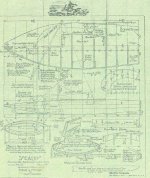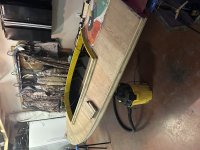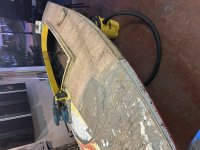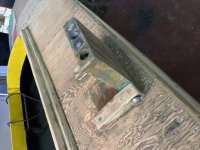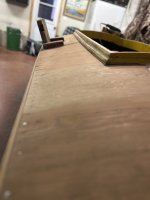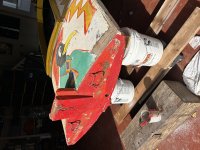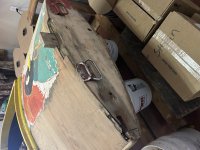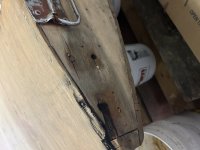Stef~
Pretty sure it's not - but I always defer to Jersey boys on Barnegat matters.
As it happens, I helped a friend buy a Van Sant a few years ago at Tuckerton - and I did some restoration work on it:
View attachment 59686
I see 2 important differences. Your vessel is sheer-sided - whereas the Van Sants are feather-edged. On your boat, the deck and bottom meet at a side; the deck joins the side at the gunwale and the bottom meets the side at the chine.
View attachment 59687
The other difference is the sheer line. On your vessel, the sheer appears to be straight/flat fore and aft. On the Van Sant, the sheer sweeps up gently toward the bow. (In fact, the sheer on most traditional boats is usually lowest about a third of the way forward from the transom.)
There were (and still are) many makers of Barnegat Bay Sneakboxes - each with their own ideas about what is "best". The differences are often subtle.
Keep looking!
SJS



